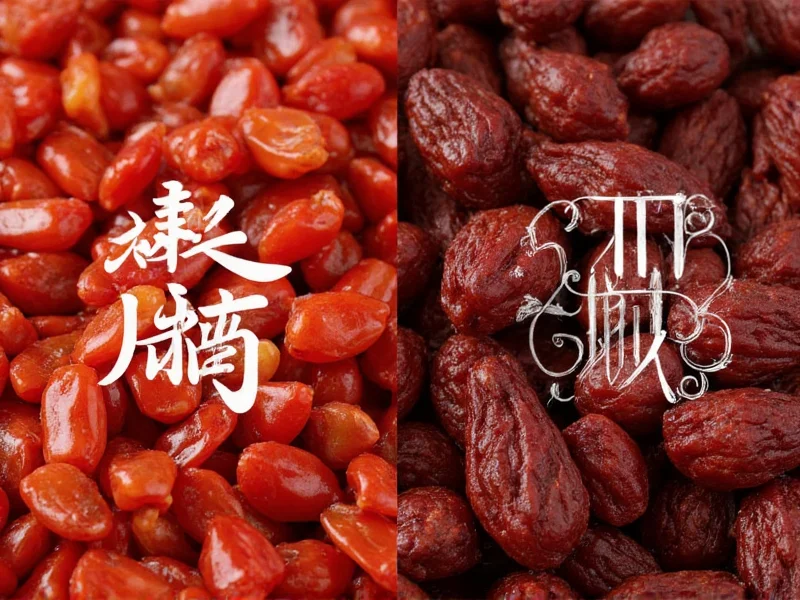Understanding the distinction between Szechuan and Hunan Chinese cuisines is essential for food enthusiasts navigating authentic Chinese dining experiences. Both regional styles originate from China's southwestern provinces but have evolved with unique flavor profiles, ingredients, and cooking techniques that set them apart. Despite common confusion due to their shared reputation for spiciness, these culinary traditions offer distinctly different sensory experiences that go beyond simple heat levels.
Geographic Origins and Cultural Background
Szechuan cuisine hails from Sichuan Province in southwestern China, a region known for its humid climate and mountainous terrain. The numbing-spicy characteristic developed partly as a response to the damp environment, with Sichuan peppercorns believed to help combat humidity. Hunan cuisine originates from Hunan Province, located south of the Yangtze River, where the hot, humid summers influenced the development of intensely spicy dishes that promote sweating and cooling.
Flavor Profile Comparison
The most fundamental difference between Szechuan and Hunan cooking lies in their approach to spiciness. Szechuan cuisine is famous for its mala sensation—a complex interplay of麻辣 (má là), meaning "numbing" (from Sichuan peppercorns) and "spicy" (from chilies). This creates a unique tingling sensation on the tongue alongside heat. Hunan cuisine, by contrast, emphasizes 鲜辣 (xiān là)—"fresh" and "spicy"—delivering direct, intense heat primarily from fresh red chilies without the numbing component.
| Characteristic | Szechuan Cuisine | Hunan Cuisine |
|---|---|---|
| Primary Heat Source | Dried red chilies, Sichuan peppercorns | Fresh red chilies |
| Signature Sensation | Mala (numbing-spicy) | Xianla (fresh-spicy) |
| Flavor Complexity | Complex, layered (sweet, sour, salty, numbing) | Straightforward heat with garlic notes |
| Common Ingredients | Sichuan peppercorns, doubanjiang, dried chilies | Fresh chilies, garlic, shallots, smoked ingredients |
| Color Profile | Rust red from fermented bean paste | Bright red from fresh chilies |
Key Ingredients Analysis
Szechuan cooking relies heavily on Sichuan peppercorns (huājiāo), which contain hydroxy-alpha sanshool that creates the distinctive tingling numbness. These are often paired with dried red chilies and fermented broad bean paste (doubanjiang), creating the characteristic rust-red color in many dishes. The cuisine also frequently incorporates a sweet-sour balance through ingredients like vinegar and sugar.
Hunan cuisine, sometimes called Xiang cuisine, builds its heat profile primarily around fresh red chilies, which are used generously in both cooking and as garnish. Hunan chefs favor fresh garlic, shallots, and fermented black beans, creating a more direct, upfront heat without the numbing sensation. Smoked ingredients also feature prominently in traditional Hunan cooking, adding depth to the straightforward spiciness.
Cooking Techniques and Signature Dishes
Szechuan cooking often employs techniques like dry-frying (ganbian) and quick stir-frying to preserve the complex flavor layers. Iconic dishes include:
- Kung Pao Chicken (Gong Bao Ji Ding) - diced chicken with peanuts, vegetables, and chili peppers
- Mapo Tofu - soft tofu in a spicy sauce with minced meat
- Szechuan Hot Pot - featuring the signature mala broth
Hunan cooking frequently uses steaming, braising, and stir-frying with fresh ingredients. Notable dishes include:
- Steamed Fish Head with Chopped Red Peppers - featuring the province's signature fresh chili heat
- Hunan Smoked Pork - showcasing the region's smoking techniques
- Chairman Mao's Red-Braised Pork - named after the Hunan-born leader
How to Distinguish Between the Two Cuisines
When dining at a Chinese restaurant, several indicators can help identify whether you're experiencing authentic Szechuan or Hunan cuisine. Look for the distinctive numbing sensation that develops about 30 seconds after eating Szechuan dishes—that's the Sichuan peppercorns at work. Hunan dishes will deliver immediate, direct heat from fresh chilies without the delayed numbing effect.
Menu descriptions often provide clues: Szechuan dishes frequently mention "mala" or "Szechuan peppercorns," while Hunan dishes emphasize "fresh chilies" or "Xiang style." The visual presentation differs too—Szechuan dishes typically have a deeper, rustier red color from fermented bean paste, while Hunan dishes showcase brighter red hues from fresh chilies.
Which Cuisine Should You Choose?
Your preference between Szechuan and Hunan cuisine largely depends on your heat tolerance and flavor preferences. If you enjoy complex flavor profiles with a unique tingling sensation alongside heat, Szechuan cuisine offers a more nuanced experience. Those who prefer straightforward, intense heat without the numbing component might gravitate toward Hunan cooking.
For beginners exploring spicy Chinese cuisine, Szechuan might be more approachable as the numbing effect can actually moderate the perceived heat. Hunan's direct chili heat can be more immediately intense. Both cuisines pair well with steamed rice and mild side dishes to balance the spiciness.
Common Misconceptions Clarified
Many people confuse the spelling "Szechuan" with "Sichuan"—both refer to the same cuisine, with "Szechuan" being an older romanization and "Sichuan" the modern Pinyin spelling. Neither is incorrect, though "Sichuan" has become more common internationally.
Another frequent misunderstanding is that one cuisine is simply "spicier" than the other. In reality, both can be adjusted for heat level, but they deliver heat differently—Szechuan with its numbing complexity, Hunan with its direct chili punch. Neither cuisine is exclusively about heat; both emphasize balance and depth of flavor beyond just spiciness.
Exploring Authentic Regional Chinese Cooking
Understanding the differences between Szechuan and Hunan cuisines opens doors to appreciating China's rich regional culinary diversity. These two styles represent just a fraction of China's "Eight Great Cuisines," each with distinct characteristics shaped by geography, climate, and cultural history.
When seeking authentic experiences, look for restaurants specializing in specific regional Chinese cuisines rather than general "Chinese" establishments. True Szechuan restaurants will prominently feature Sichuan peppercorns in their spice blends, while authentic Hunan kitchens will showcase fresh chilies as the star ingredient. The growing availability of regional Chinese cooking classes and ingredient sources also makes it possible to explore these differences at home.











 浙公网安备
33010002000092号
浙公网安备
33010002000092号 浙B2-20120091-4
浙B2-20120091-4